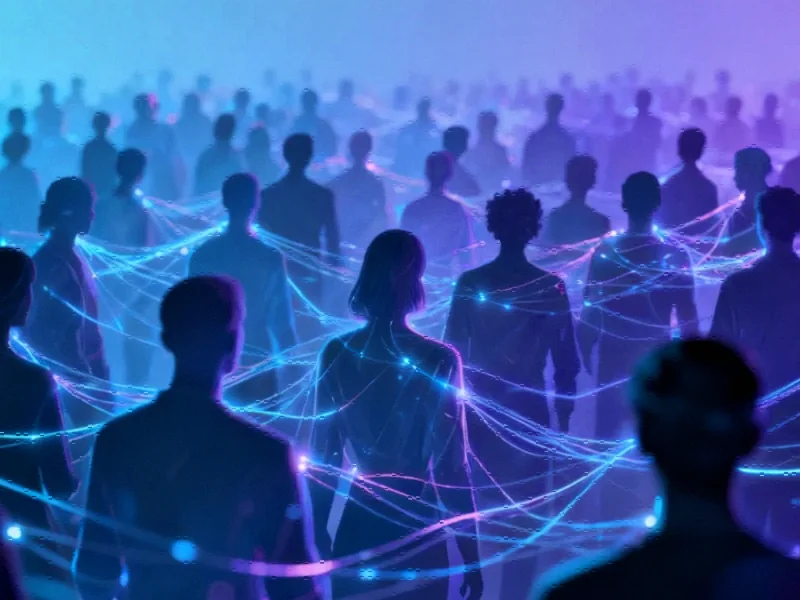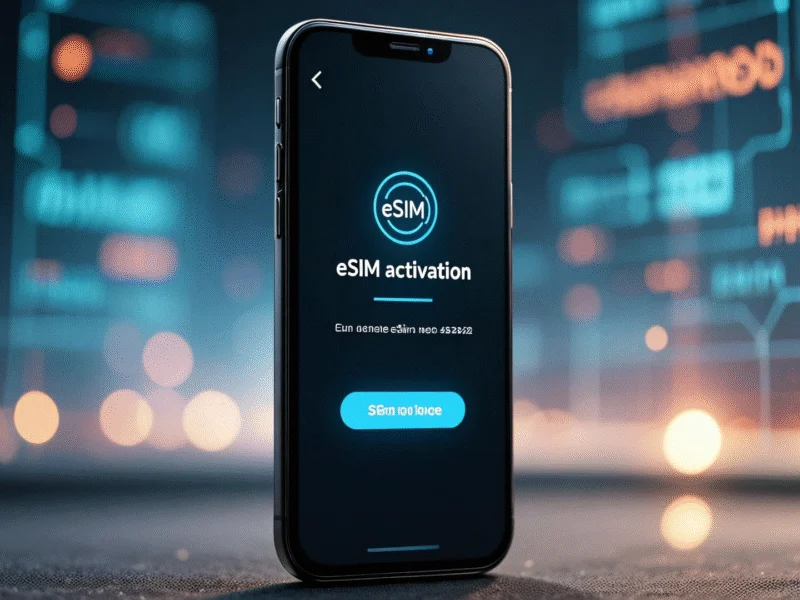The Crowd Problem in Mesh Networking
Mesh networking technology, originally developed for military applications and large-scale events like Burning Man, faces a fundamental challenge: maintaining reliable communication in dense crowd environments. While the theoretical foundations of mesh networks have been solid for decades, real-world implementations have consistently struggled in the very scenarios they were designed to handle. Recent industry developments in decentralized networking are finally addressing these limitations with innovative approaches.
Amigo: A Prototype Built for Adversarial Environments
A team of researchers from Johns Hopkins University, Harvard, and the City College of New York recently unveiled Amigo, a mesh networking prototype specifically engineered for political protests and other high-density situations. Presented at a cryptography conference in Sofia, Bulgaria, and detailed in a paper at the ACM Conference on Computer and Communications Security in Taipei, Amigo represents a significant leap forward in mesh network technology aiming to overcome crowd limitations.
“Shutting down the internet during times of great civil protest is a way to prevent people from being able to organize and come together,” explains Tushar Jois, assistant professor of electrical engineering at City College and one of Amigo’s developers. “That is what we’re specifically tailoring our technology for.”
Three Key Innovations in Amigo
Amigo introduces several critical improvements over traditional mesh networks that have proven vulnerable in protest scenarios. Previous systems suffered from message delivery failures, out-of-order communications, and user traceability issues even when nodes were physically adjacent.
Dynamic Clique Routing: Traditional mesh networks often experience message flooding when multiple nodes transmit redundant information, causing network congestion. Amigo’s dynamic clique system designates leader nodes that communicate with each other, while regular nodes only communicate with their designated leader. This approach substantially reduces message traffic and prevents network seizures.
Enhanced Cryptographic Protections: Amigo addresses critical privacy shortcomings in earlier mesh systems. “One thing we talk about is outsider anonymity,” Jois notes. “People who are outside your group don’t know that the group exists.” The system incorporates new algorithms for secure group member removal and metadata protection while maintaining the forward secrecy and post-compromise security features found in established encrypted messaging platforms.
Psychological Crowd Modeling: Perhaps the most innovative aspect of Amigo’s approach is its recognition that traditional random walk models for node movement don’t reflect real crowd behavior. Researcher Cora Ruiz explains that psychological crowds—where people share a collective identity—move differently than randomly distributed individuals. This understanding of market trends in behavioral modeling is crucial for developing effective mesh networks.
Broader Applications Beyond Protests
While political protests represent the primary testing ground for Amigo, the technology has far-reaching implications. Diogo Baradas, assistant professor of computer science at the University of Waterloo, notes that similar crowd dynamics occur in natural disaster scenarios where conventional internet infrastructure fails.
“Another scenario where such crowd dynamics are of particular interest include natural disaster scenarios—like flooding, fires, and earthquakes—where Internet communications may become unavailable,” says Baradas, who is not affiliated with the Amigo team. “Affected citizens, first-responders, and volunteers must coordinate to ensure a fitting response.”
This intersection of networking and emergency response represents one of many related innovations in the field, similar to how revolutionary blood screening technology is transforming medical diagnostics through advanced detection methods.
The Future of Mesh Networking
The Amigo project demonstrates that successful mesh networking requires interdisciplinary collaboration. “Developing more realistic mathematical models of psychological crowds is a cross-disciplinary effort,” Jois explains. “It’s part math, and it’s part sociology and group psychology.”
This approach mirrors how other technology sectors are evolving. Just as the intimate AI revolution is creating more personalized digital experiences through advanced algorithms, mesh networking is becoming more context-aware and adaptive to human behavior patterns.
The researchers drew inspiration from diverse sources, including a 2019 document created by Hong Kong pro-democracy protesters detailing optimal marching and gathering techniques. This real-world insight, combined with advanced mathematical modeling, represents what Jois calls “foundational work necessary in mesh networking.”
As mesh technology continues to evolve, its applications will expand across multiple sectors. The same principles that make Amigo effective in crowd environments could influence Williams F1’s technological revival through improved team communication systems, or enhance coordination in industrial settings where reliable networking is critical.
Similarly, the security advancements in mesh networking parallel recent technology developments in other fields, such as the US cyber operations targeting critical infrastructure protection, where secure communication is paramount.
Integration with Broader Technological Trends
The evolution of mesh networking occurs alongside other significant technological advancements. Government initiatives like the UK government’s clean energy jobs initiative demonstrate how technological progress often requires coordinated, multi-faceted approaches similar to those needed for effective mesh networks.
Even the entertainment industry shows parallels to these networking challenges. The transition described in Quantic Dream’s shift from narrative adventures to new gaming formats reflects the same kind of fundamental rethinking that mesh networking researchers are undertaking.
As Ruiz concludes, “Since mesh is so heavily impacted by physical movement and traffic patterns, having a strong understanding is key to furthering Amigo and other future mesh messaging tools.” This comprehensive approach—combining technical innovation with deep understanding of human behavior—represents the future of reliable communication in challenging environments.
This article aggregates information from publicly available sources. All trademarks and copyrights belong to their respective owners.
Note: Featured image is for illustrative purposes only and does not represent any specific product, service, or entity mentioned in this article.



